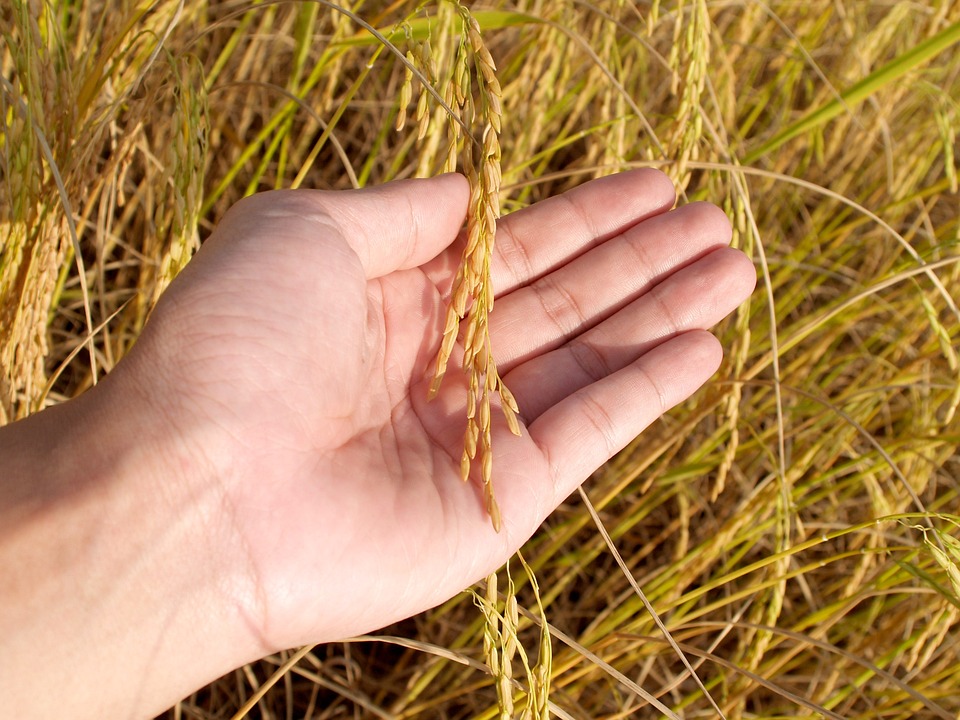Sustainable farming has become a passion of mine over the years, and it has truly revitalized rural communities in ways that no one could have predicted. From the small towns to the vast countryside, the impact of sustainable farming and gardening has been nothing short of extraordinary. As someone who has experienced the joys of living off the grid and embracing sustainable living, I can say with confidence that the shift towards sustainable farming has changed the landscape of rural communities for the better. Let’s explore how sustainable farming is revitalizing rural communities and bringing new life to the countryside.
The movement towards sustainable farming and gardening has gained momentum in recent years, and for good reason. The benefits of sustainable farming go far beyond simply growing healthy, chemical-free food. Sustainable farming practices promote biodiversity, conserve water and soil, reduce waste, and minimize the use of harmful chemicals. In turn, these practices have led to a resurgence in rural communities, creating new opportunities for farmers, small businesses, and residents alike.
One of the most significant impacts of sustainable farming on rural communities has been the creation of new jobs and economic opportunities. As more people turn to sustainable farming, there has been a surge in demand for local, organic produce and products. This has led to the establishment of farmer’s markets, community-supported agriculture (CSA) programs, and direct-to-consumer sales, all of which create new avenues for farmers to sell their products. In addition, sustainable farming practices often require more hands-on labor, leading to an uptick in employment opportunities for rural residents.
In my own experience, I have witnessed the transformation of once struggling rural communities into thriving hubs of sustainable agriculture. Small family farms have become the backbone of these communities, providing fresh, locally grown food to residents and creating a sense of connection between farmers and consumers. The resurgence of small-scale agriculture has breathed new life into these communities, fostering a greater sense of community, pride, and resilience among residents.
Beyond the economic benefits, sustainable farming has also had a positive impact on the environment and public health in rural communities. By avoiding the use of harmful pesticides and chemicals, sustainable farmers are able to protect the health of their soil, water sources, and surrounding ecosystems. This, in turn, has led to cleaner air, water, and soil, benefitting both farmers and residents in rural areas. Additionally, the availability of fresh, organic produce has improved the overall health and well-being of residents, reducing the prevalence of diet-related diseases and promoting a healthier lifestyle.
Pro tips for successful sustainable farming in rural communities:
1. Establish partnerships with local businesses and organizations to promote and sell your products, such as restaurants, schools, and community centers.
2. Engage with the community by hosting farm tours, workshops, and events to educate residents and build a strong network of support.
3. Utilize sustainable practices such as permaculture, crop rotation, and natural pest control to maximize the health and productivity of your farm.
The revitalization of rural communities through sustainable farming is a testament to the power of sustainable living and the resilience of rural residents. The shift towards sustainable farming practices has not only brought economic prosperity to rural areas but has also promoted environmental stewardship, community building, and a greater connection to the land. As we continue to embrace sustainable living, it is essential to recognize the profound impact it has had on rural communities and the potential for a brighter, more sustainable future for all.



